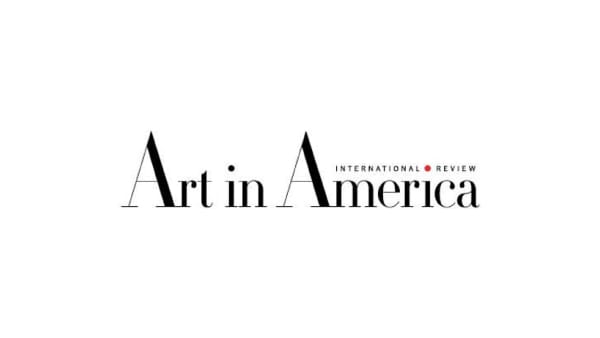Adam Fuss: Home and the World
Archive exhibition
-
OverviewOpening Reception 16 September from 6 to 8 pm
Cheim & Read is pleased to announce an exhibition of new work by Adam Fuss. The show is accompanied by a full color catalogue with essays by Joseph Koerner and Mark Siegeltuch. Fuss’s previous show with the gallery was in 2003.
Adam Fuss was born in London in 1961, and has lived and worked in New York City since 1982. He is best known for life size, evocative photograms of babies, embroidered Victorian baptismal dresses, eviscerated rabbits, swimming snakes. His imagery, often originating in the natural world, is hued by the spiritual and poetic; his process, which distills the essence of the photographic moment – a flash of light on a sensitized surface – emphasizes themes of transformation and perception. Fuss seeks not to describe an object with the detailed clarity of traditional photography, but rather in ghostly manifestations of light and shadow. He cradles intimate, complex subjects – death, memory, sexuality, childhood, loss – in images of notable size and simplicity.
As with much of Fuss’s past work, this exhibition at Cheim & Read stems from inspiration rooted in childhood. Remembering an oft-played board game, Snakes and Ladders (Chutes and Ladders in the U.S.), Fuss researched its original use, in ancient India, as a game of morality for young players, showing a path to enlightenment gained by good deeds. Ladders elevated players closer to Nirvana, while snakes returned them to earth. The symbolism of the snake in this context, a metaphor for the negative and corrupt, interested Fuss. For him, and in his previous work, snakes were associated with a regenerative and fluid life force, pure energy echoing the undulation of waves and the cycle of reincarnation.
The snake’s dual symbolic meaning presented a paradox, and a focal point for Fuss’s recent work, which has long been concerned with the tensions inherent to opposites (male vs. female, light vs. dark). Snakes and Ladders provided Fuss with a template for a series of large scale photograms – with its horizontal, earth-bound snakes and vertical, heaven-reaching ladders, the game offers multiple dimensions and an implied journey through time and space. For several images, Fuss placed writhing snakes on a grid of newspapers, their chaotic intertwining creating a new game board, the background referencing a daily calendar or landscape of time. For others, hand-drawn trellises of varying simplicity anchor the snakes’ action. When processing the works, Fuss allowed blurred areas to occur between the grid and the snakes, providing a spatial, multi-dimensional quality to the otherwise graphic boldness of his black-and-white imagery. The snakes’ movements, inherently abstract, offer additional associations: some images, like those titled “Alphabet,” seem to reference arabesques, calligraphic texts, or gestural, expressionistic brushstrokes.
In the smaller, front room of the gallery, the snake theme is continued in a series of ethereal daguerreotypes, likely the largest ever made. The images are composed of an unmade mattress in an unadorned space, the bed either empty or topped with snakes (Fuss used Eastern Indigos). On the floor lays a silvery daguerreotype of a vagina, like a portal to the earth. In this context, Fuss does not see the vagina as a sexual organ, but rather as “architecture” – a door to the origins of life.
In additional works titled “Caduceus,” Fuss references the snake-twined staff of the Greek god Hermes. The symbol of the caduceus originated with the mythical story of Tiresias, and Tiresias’s discovery of two snakes copulating on the ground. In an attempt to separate the snakes with his staff, Tiresias is turned into a woman. Seven years later, he repeats his action and is returned to a man. The energy of the united snakes, powerful enough to transform the physical characteristics of opposite sexes, remained associated with the magical qualities of the caduceus. Tiresias eventually passed his staff to Hermes, who became, among other things, associated with alchemy. The association is also apt for Fuss, an alchemist of sorts – not only in the magic of his darkroom processing, but in the mystical nature of his imagery. -
Selected Works
-
Publications
No publications are available relating to this exhibition.
-
News
-
Artists

















